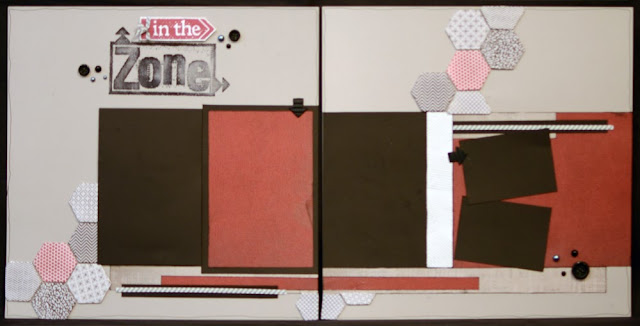


On the other hand, Naya Burn really struggles with two types of decks. If the Naya Burn player can answer the first two or three of these threats, they give themselves almost unlimited time to draw enough burn to finish the game while their Infect opponent is drawing useless copies of Mutagenic Growth and Vines of Vastwood. It also boasts a strong matchup against Infect (winning over 60 percent of the time), most likely because having 12 Lightning Bolt/ Searing Blaze effects is a good place to be against a deck trying to win the game with thirteen 1/1's. The good news for Naya Burn is that it feasts on control decks like Grixis Control and almost every slow combo deck in the format decks like Splinter Twin, Scapeshift and Tron have a difficult time keeping up with the fast clock and consistency of Burn. While the deck's overall win percentage is solid if unspectacular at 51.1 percent, by looking a bit closer at the matchups we can get a good sense of the types of decks you do and do not want to play against as a Naya Burn pilot. Unsurprisingly thanks to its comparatively cheap price on Magic Online, Naya Burn comes in as the most played deck in our sample at 7.58 percent of the field. As for win percentages on the play/draw, things actually look much the same in Modern as they do in Standard, with the person on the play having a 7-8% better win percentage.
MTG PROPLAYER WINPERCENTAGE PRO
The other information we have is about mulligans and win percentages on the play versus the draw. While it is worth mentioning these briefly, the former will almost certainly change if the new mulligan rule is instituted game-wide after the upcoming Pro Tour. All together this means that, as most of the pros have been saying, Modern isn't a great place for durdling around. While this might not sound like a lot, it is, it's tremendous, it's a tremendous gulf. These shorter games are result of having powerful, inexpensive creatures that can end the game quickly on their own like Tarmogoyf, or with help like Deceiver Exarch, along with the larger card pool allowing for faster, more broken decks (Grishoalbrand, Infect, Amulet Bloom) which can win on turn two (which brings down the average).
MTG PROPLAYER WINPERCENTAGE FULL
Probably the first thing that jumps out of the data is that Modern games are, on average, significantly shorter than Standard games - exactly two full turns shorter, in fact. Comparing Modern and Standardīefore we get to the decks and the matchups, let's talk a little bit about the big picture differences between Modern and Standard as formats. This means that our data isn't 100 percent accurate - although it is certainly accurate enough to draw some meaningful conclusions - and is best used in conjunction with playtesting to draw conclusions. We also don't get to see every individual card, which is especially meaningful in Modern where there are a ton of very powerful sideboard options there are far fewer sideboard card in standard that can swing a matchup on their own like Blood Moon, Choke and Timely Reinforcements. This means that a color screwed Abzan deck could end up being lumped into the Jund category (or vice versa) or that what we have listed as a Jeskai Control could actually be a four-color control deck that never drew a black source for Lingering Souls or Mystical Teachings. All of these numbers come from scraping Magic Online replays using a technology similar to the one used by bots, which has one major weakness - we can't see the cards in players' hands/decks/sideboards. Third we will talk about some of the popular decks in Modern and break down what these numbers show about their matchups, and finally we will conclude with some short observations gleaned from the rest of the data.īefore we jump into the good stuff, just a quick note about the data itself. Second, we are going to do a short comparison between Modern and Standard, since these two data sets really illuminate the differences between the two formats. First, before you read anymore, jump over to the Modern Matchups page and check out the data for yourself. The response to both were great, but one of the themes in the comments was "when are you going to do this for Modern?" Well, the answer to that question is today! A few weeks ago we published data gathered from 85K games of Standard along with an article breaking down the numbers.


 0 kommentar(er)
0 kommentar(er)
